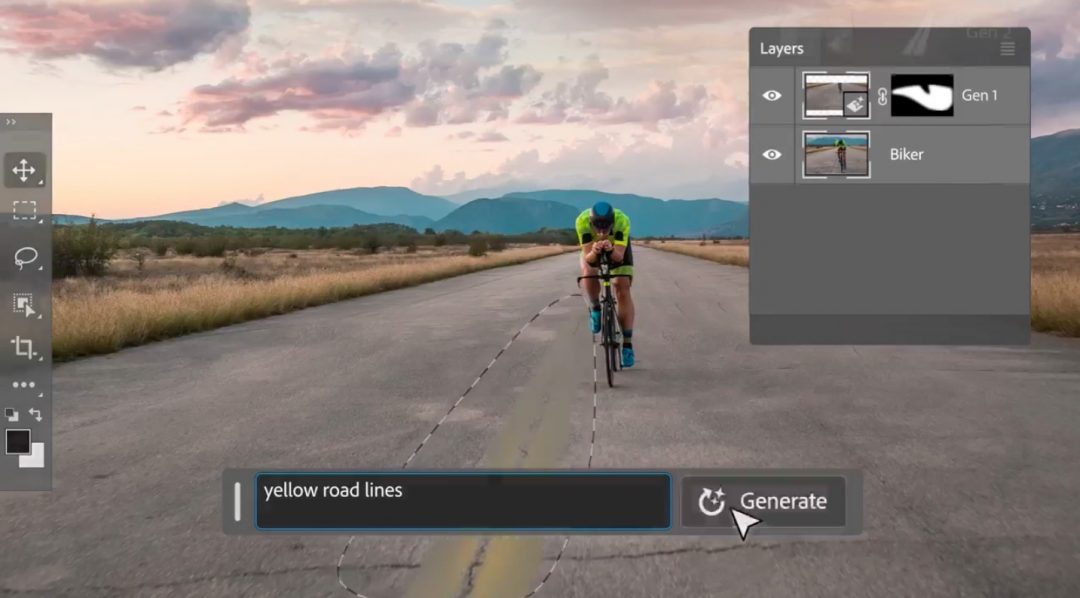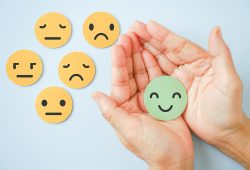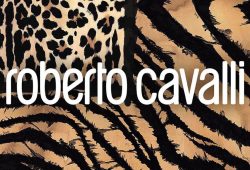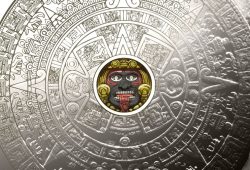There is a wide range of design tools that harness the power of artificial intelligence (AI) the last launched is from Adobe.
Adobe Photoshop continues to push boundaries with its latest feature, Generative Fill. This cutting-edge tool harnesses the power of generative artificial intelligence (AI) to revolutionize the way users enhance and manipulate their images. By seamlessly integrating text prompts and leveraging the capabilities of Adobe Firefly, Generative Fill empowers users to unlock their creative potential like never before.
With Generative Fill, users gain unprecedented control over their images, allowing them to add, extend, or remove content effortlessly. The simplicity of text prompts makes the process intuitive and accessible to both novice and experienced Photoshop users. By eliminating complex techniques and time-consuming manual adjustments, Generative Fill streamlines the creative workflow, enabling users to bring their visions to life with ease.
This groundbreaking feature is currently available in the desktop beta app, providing early access to enthusiasts eager to explore its capabilities. However, it’s important to note that Generative Fill is expected to be generally available in the second half of 2023, ensuring a refined and polished user experience upon its official release.
In addition to Adobe Photoshop’s Generative Fill, there is a wide range of design software tools that harness the power of artificial intelligence (AI) to enhance the creative process. These tools leverage AI in various ways, offering a plethora of functionalities that cater to designers’ diverse needs. Let’s explore some notable examples:
- Khroma: This AI-powered tool assists in generating color palettes based on user preferences, making it a valuable resource for designers seeking inspiration and efficient color selection.
- Uizard: Uizard employs AI to transform hand-drawn sketches into digital prototypes, enabling designers to bring their ideas to life swiftly.
- Canva: Known for its user-friendly interface, Canva utilizes AI to simplify the design process, offering pre-designed templates, image enhancement tools, and other features that facilitate quick and visually appealing creations.
- Figma: Figma is a collaborative design tool that utilizes AI to streamline collaboration and prototyping, enabling seamless teamwork and efficient design iteration.
- Sketch: Sketch integrates AI-powered plugins that enhance its functionality, allowing designers to automate repetitive tasks and generate complex design elements with ease.
- Gravit Designer: Gravit Designer employs AI to provide intuitive design tools and features that assist in creating illustrations, layouts, and vector graphics.
- CorelDRAW: CorelDRAW utilizes AI algorithms to enhance photo editing, font recognition, and other design functionalities, empowering users with advanced creative tools.
- Designs.ai: This comprehensive platform combines various AI-powered design tools, including logo makers, mockup generators, and video editors, providing an all-in-one solution for designers.
- Lunacy: Lunacy is a Windows-based design tool that employs AI to offer a range of functionalities, including vector editing, prototyping, and asset management.
- ColorSpace: ColorSpace utilizes AI algorithms to analyze images and suggest harmonious color schemes, aiding designers in selecting visually appealing and cohesive palettes.
- Smartmockups: Smartmockups employs AI to automate the process of creating realistic product mockups, saving designers time and effort.
- Artisto: Artisto is an AI-powered app that transforms images and videos into artistic masterpieces, allowing users to apply various artistic filters and effects to their visual content.
These AI-powered design tools undoubtedly offer valuable assistance to designers, saving time and streamlining workflows. However, it’s important to note that they are not intended to replace human creativity and expertise. While AI algorithms can provide suggestions, generate elements, or automate certain tasks, the unique insights, artistic sensibilities, and decision-making abilities of human designers remain essential in the creative process.
By incorporating AI into their toolkit, designers can enhance productivity, gain inspiration, and explore new creative possibilities. The fusion of AI and human ingenuity holds great promise for the future of design, allowing designers to push the boundaries of innovation while maintaining their unique artistic vision.












